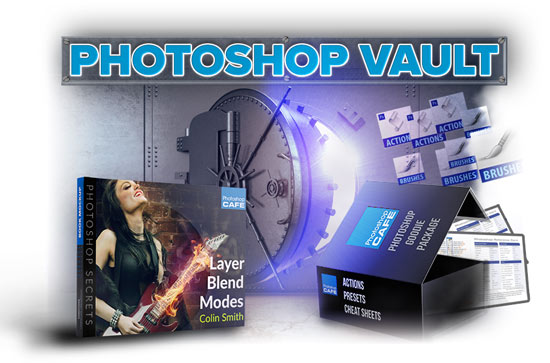How to Photograph and view April 8th 2024 Total Solar Eclipse
I’m sure you are probably aware a total Solar Eclipse is going to occur on April 8 2024 in North America. Maybe you have experienced a partial solar eclipse, or even an Annular Eclipse. As spectacular as those events are, they are not even close to the experience of a Total solar Eclipse. Its the equivelent of smelling the food, but not actually tasting it.
A total Solar Eclipse, is like someone turns on the dimmers and the lights fade out into darkness in the middle of the day. (See the video at the bottom for a taste). The Eclipse I experienced in Casper in 2017. It doesn’t go pitch black, but it’s like twilight, you can see stars in the sky and a 360 degree sunset all around the horizon. All of nature, suddenly goes silent. In past times, Empires crumbled, people shot flaming arrows at the sun trying to relight it. Today with our understanding it’s still alive-changing experience, even a spiritual experience for some people.
Advice, warnings and tips for shooting the eclipse
My advice, if you are photographing the eclipse, don’t be stuck behind your camera. Get your settings right (I talk about this on the video above), then let your camera shoot intervals, but Get away from your camera and experience the event, this is the most valuable advice I can give you, The experience will stay with you for the rest of your life.
As far as safety, NEVER look directly at the sun or the eclipse without the proper solar goggles, or you can go blind. (If you are buying glasses, beware of cheap fake glasses that may not give you proper protection, but sure they are real from a trusted source (Don’t trust some random guy on Amazon).
When you are shooting the eclipse, make sure you have the correct Solar Filter on the END of your lens (Not the filter holder at the bottom of the lens if available) or you will burn out the sensor on your camera,
NEVER look into the viewfinder on an SLR or point and shoot camera pointed directly at the sun (You could go blind instantly), use the screen. On a Mirrorless camera you are ok, because you are just looking at a screen.
I discuss all the settings on the video.
When you are in totality, you may see baileys beads appear around the edge of the moon as it begins to block the sun. Once you are in totality, it’s safe to take off your glasses and filters and look at the eclipse with your naked eye. NEVER do this on a partial Eclipse. Once you see Baileys beads again and the sun begins to appear from behind the moon, it’s time to get those glasses back on and put filters back on your camera.
How to practice and prepare for the eclipse
If you want to practice, go out and photograph the moon at night. This is about the size of the eclipse. This way you can decide of you want to shoot at 200mm, 400mm, 600m or more. At the least Try and use 200mm or add an extender.
You can also practice shooting the sun during the day with your solar filter on, this will help you find a starting exposure. Remember, Don’t look directly at the sun.
Here are some more useful resources to help you.
How to Assemble photos of Solar Eclipse in Photoshop
Get your juices up! Experience the 2017 Solar Eclipse in this BTS informative Vlog
Info on April 8 2024 North American Total Solar Eclipse
Info from NOAA on Magnetic Declination (to find true North) :
American Astonomical Society Safe viewing glasses and filters
NASA gallery from 2017 eclipse
I hope this info is helpful!
Tag us in your Eclipse photos on Social Media @PhotoshopCAFE
Have fun!
Colin
PS Don’t forget to follow us on Social Media for more tips..
(I’ve been posting some fun Instagram and Facebook Stories lately)
You can get my free Layer Blending modes ebook along with dozens of exclusive Photoshop Goodies here 
The post How to photograph a Solar Eclipse appeared first on PhotoshopCAFE.
![[DEV]Schenectady Photographic Society](https://dev.spsphoto.org/wp-content/uploads/2020/03/newsitelogo5-e1584673483198.png)